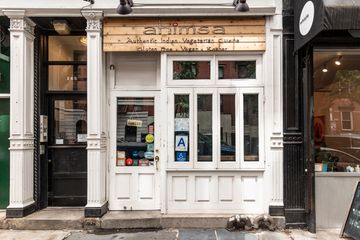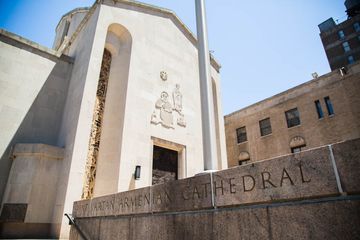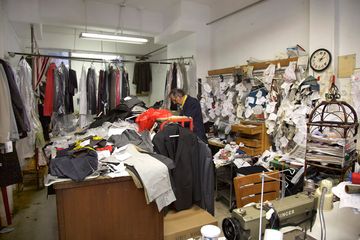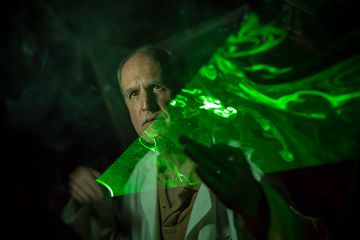Holographic Studios is, in the words of its owner Jason Sapan, “a conundrum. ” Walking by the East 26th Street store, one would never realize they are passing a house of holograms that has been there for decades. What is a hologram? “It’s sort of like a muffin pan, ” Jason explained. “Although what we are pouring in isn’t batter, but light, and it is taking the shape down to the size of a light wave, which is half of a millionth of a meter across — that’s our pixel. So a hologram is not only three dimensional, but incredibly powerful in the data it is recording. ” Jason’s career began as a child. His dad “designed the displays of technology for the phone system, ” and when AT& T built the pavilion at the World’s Fair, he helped solder some of the wires. “I had lasers in my house from the early 1960s. I grew up with holograms, never thinking it would become my life’s work. ” During the summer of 1968, Jason had his first paid job showing off his own holograms, and then made the decision to go professional in 1975. His original upstairs space was in Chelsea, but after a few years, he realized that a streetfront connection would be beneficial and made the move to his present location. Every year Jason tries to evolve “a little bit. ” Rather than doing the same things over and over, he changes with the marketplace. “People are interested in different things, and it is incumbent upon me to recognize where the trend is going and to play to that. ” Clients have included Andy Warhol, Bill Clinton, Isaac Asimov, the New York City Ballet, Mayor Ed Koch, sheiks, and countless other celebrities, as well as many Fortune 500 companies. Jason certainly had the clientele and ability to have grown into the corporate world, but when asked why he never chose to “go big, ” his immediate response was, “I would lose the relationships that I have developed over the years. I am a big business, just in a small space. I love this lifestyle. ”





